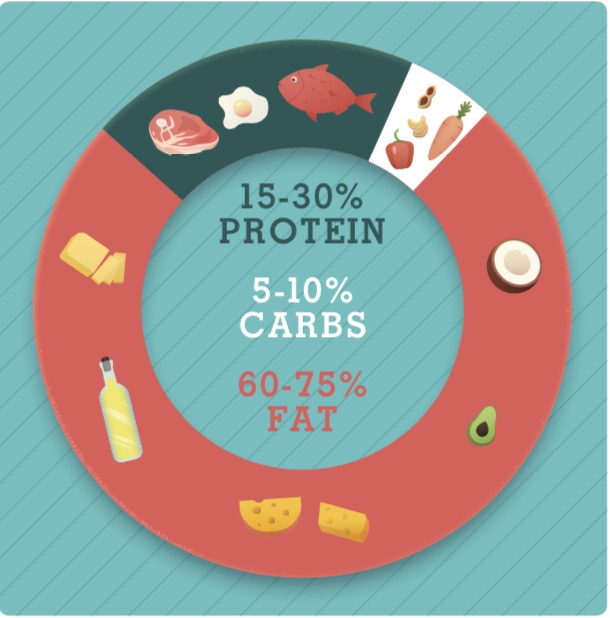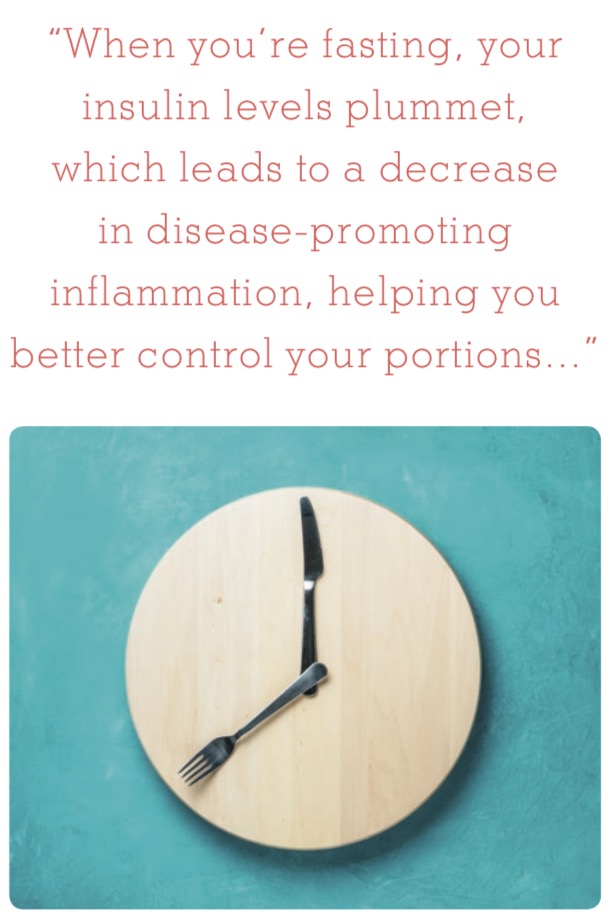Keto Diet and Intermittent Fasting More Than Trendy | by

What you need to know to figure out if one (or both) is right for you.
Ryan Dawson struggled with his weight for years when he decided to try the ketogenic diet. He’d read a lot about the low-carb, high-fat regimen — often called the keto diet — and how it was helping people lose weight and keep it off.
“I’d been dieting or trying to curb my unhealthy eating patterns for a long time without any lasting success,” says Dawson, a 43-year-old therapist and owner of Elevated State Counseling in Boulder. “During the week, I’d eat pretty healthy. By the time Friday rolled around, I’d get carb-heavy at night in the form of alcohol and desserts, and spent weekends ‘cheating’ with more alcohol and sugar. I wanted to try a diet that had firmer boundaries. I also like to eat, so I didn’t want to have to count calories.”
Within a week of strictly following the keto plan, he was down five pounds. After three months, Dawson was down nearly 20 pounds. Even better, he had more energy than he’d had in years.
“The keto diet has put me on my A-game more than ever before,” he says.
The Keto Diet
Some of the increased, sustained energy Dawson and so many others on the keto diet experience is because this eating plan actually changes the way your body uses food for energy, says Dr. Rebecca Andrick, an obesity medicine specialist and owner of Weigh to Wellness Denver.

How it works: When you eat carbohydrates, your body stores those carbs for energy (a process that prompts your body to retain fluid too). When you minimize carbohydrate intake and increase your healthy fats, you go into a metabolic state called ketosis, which is when your body doesn’t have enough carbs for your cells to use for energy and starts burning fat instead. To get into ketosis, you need to eat about 60-75 percent of your calories from fat, 15-30 percent from protein, and just 5-10 percent from carbs.
It’s important to keep in mind that you need to follow the keto diet strictly to see the benefits — and to avoid potential downsides, says Andrick.
“A lot of people think they need to avoid things like bread, but they don’t understand that they need to strictly monitor all carbohydrate intake, which has to be under 50 grams a day to get into ketosis,” Andrick says. “I’ve had a few patients say, ‘Well, I’m trying these keto recipes,’ but that is just a high-fat meal. If you’re not in ketosis, this diet is not going to work the way it’s intended.”
Side effects: If you follow this diet incorrectly, you could experience some serious negative consequences. For example, if you eat lots of saturated fats — rather than the healthy, unsaturated fats recommended on the keto diet — you’re at risk for raising your cholesterol levels. And even if you follow the diet to a tee, you can experience the “keto flu” — fatigue and achiness from the decrease in sodium, as well as deficiencies in sodium and potassium, and constipation.
However, these side effects are often manageable — and worth dealing with if you have a lot of weight to lose, says Laura Fry, a Denver-based registered dietitian. “Keto works really well for a lot of people,” she says. “It can be a safe, effective way to burn fat more efficiently and lose weight.”
Intermittent Fasting

Some Coloradans are finding weight-loss success by combining the ketogenic diet with another popular diet called intermittent fasting, says Fry. On this plan, you alternate between cycles of fasting and eating — usually 12 to 16 hours of fasting and 12- to 8-hour eating windows. New research shows intermittent fasting can promote weight loss, protect against disease, and even help you live longer.
How it works: For the first 6-8 hours of your fasting period, your body uses its glucose stores for energy. After about 8 hours of fasting, that glucose is used up, so your body has to tap into its fat stores. What’s more, fasting for 8 hours or longer gives your hormonal and digestive systems a much-needed break, says Fry.
“When you’re fasting, your insulin levels plummet, which leads to a decrease in disease-promoting inflammation, helps you better control your portions, and even lets your body use energy more efficiently,” she says.
Another advantage Fry points to: There’s research reporting that intermittent fasting can increases the number of mitochondria in the body. Mitochondria promote healthy cell turnover and DNA replication, but they usually decrease with age. Fry likens the boost to an anti-aging boon.
Side effects: Intermittent fasting is OK for most people to try — and it’s pretty easy to follow, says Andrick.
“You can start out just fasting 12 hours a day by eating breakfast at 7 and making sure you don’t eat after 7 each night,” she says. For quicker results, Andrick recommends building up to 16 hours of fasting and an 8-hour eating window. She also advises drinking enough water during your fasting window to feel full and to cut out refined carbohydrates, because sugar-filled foods will make you hungrier.

What Works For You
No matter what your approach, says Andrick, remember that following any diet has a good chance of helping you lose weight. She cites a recent study published in the Journal of the American Medical Association that found that after a year, both low-carb and low-fat diets were almost indistinguishable when it came to the study participants’ weight loss. The most important thing is to find a diet that you can stick to.
That’s what happened for Dawson. “The keto diet just works for me,” he says. “I’m not thinking about food all the time because I’m not on an insulin roller coaster.”
Tags: Fasting, Keto Diet, nutrition
Leave a Comment
Please be respectful while leaving comments. All comments are subject to removal by the moderator.
